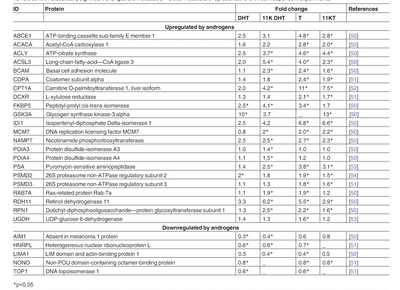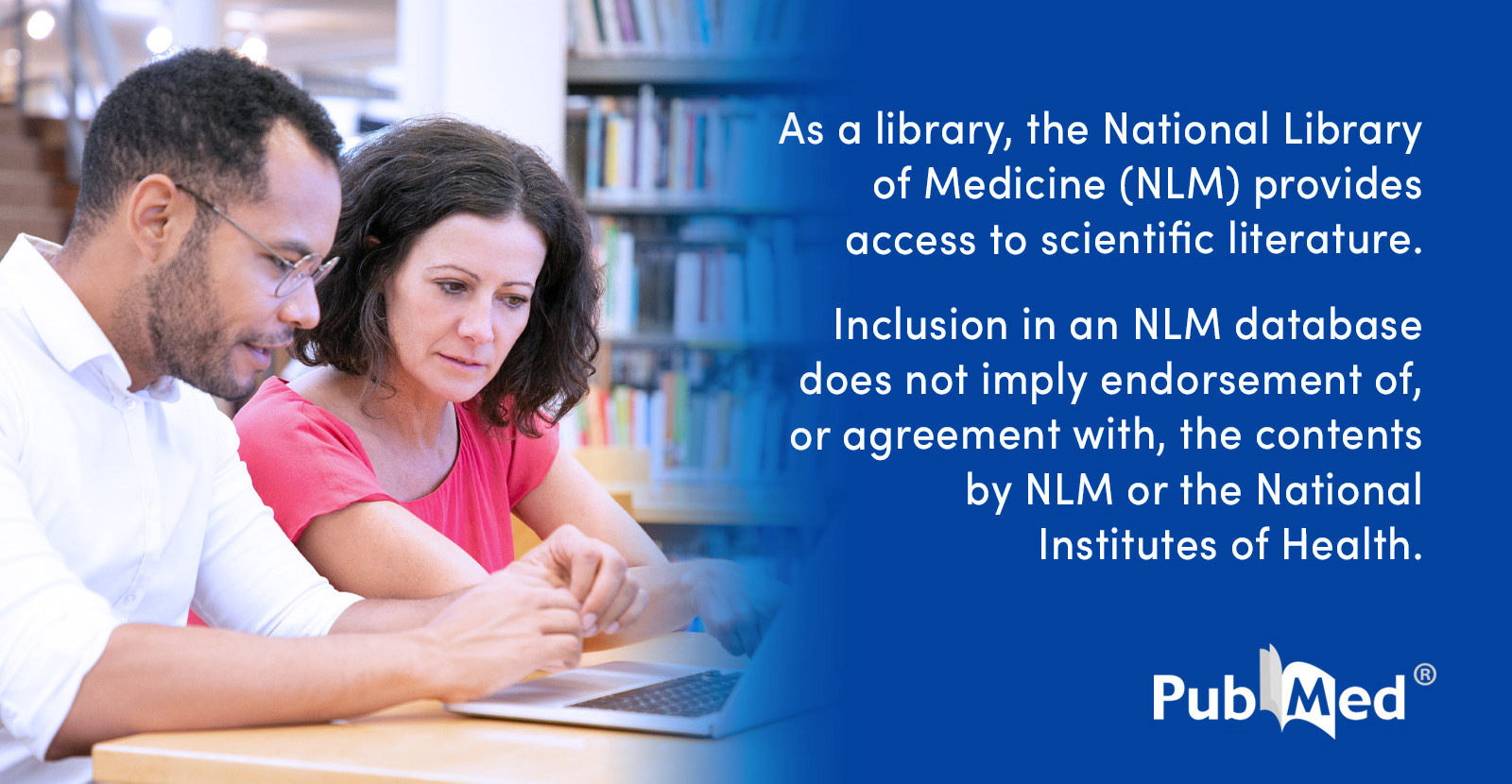D
Deleted member 129120
1g test, 10 ui's gh 𝐂𝐀𝐈 𝐂𝐫𝐞𝐰 𝐌𝐞𝐦𝐛𝐞𝐫
- Joined
- Feb 20, 2025
- Posts
- 8,285
- Reputation
- 12,223
in memory of my old friend @nosemaxxing (Proex) , @NumbThePain is a disgrace for banning my best friend here
Preface
I will be writing a series of threads showcasing unknown but useful chemicals.
Abstract
- 11-KDHT is a powerful androgen that demonstrates strong agonist activity on the androgen receptor (AR). It is also capable of regulating a wider range of AR-dependent proteins compared to DHT.
- A key advantage of 11-KDHT and 11-Ketotestosterone (11KT) is their slower metabolic breakdown, resulting in a significantly longer half-life than DHT and Testosterone (T). The half-life of 11-KDHT is approximately 36 hours. Studies show that while DHT is eliminated within 48 hours, over one-fifth (21%) of 11-KDHT remains in the body after 72 hours.
- Both 11KT and 11KDHT bind to the androgen receptor with an affinity comparable to T and DHT. They function as full agonists, effectively activating the AR to induce gene expression and stimulate the proliferation of androgen-dependent cells.
11-KDHT is critically important in the progression of castration-resistant prostate cancer. Interestingly, patients with this condition often present with low levels of prolactin.
Given that 11-KDHT is as potent as DHT-- a known suppressor of prolactin so it may offer a unique benefit. Its prolonged duration of action could allow for less frequent dosing while effectively managing prolactin levels. This makes it a potential substitute for other steroids that can raise prolactin. Furthermore, by mitigating prolactin's effects, it may also enhance sexual function by reducing the refractory period.
Moreover, 11-KDHT can also be used as an aromatase inhibitor with longer inter-dose intervals. Due to it being similar to DHT for its anti-estrogenic properties.
This may be useful to @Zynx or other pubertycels to keep their plates open while promoting cell proliferation and skipping the horrendous side effects of AIs like aromasin or letrozole.
11-KT and 11-KDHT are also non-aromatizable, meaning that they won't get converted into estrogen, meaning they have no gyno side effects like other steroids.
To add, there are also anecdotal evidence in DHT and 11-KDHT elimating bloat and promoting a "dry" look.
Finally, 11-KT has anti-cortisol properties, which promotes "alpha" personality and inhibition, less stress, and better motivation. And so does its anti-prolactin properties.[5] 11-KDHT also has this property
TLDR by @ex.chr on .net:
11KDHT and 11KT do the following:
-Increase NT
-lower inhibition
-Increase aggression
-lower stress
-enhance sexual experience
-decrease refractory period (time it take for a male to recover after orgasm.)
-Decrease estrogen
-Build muscle
-Burn fat
-Increase height in open platecels
-doesn't need AI
-Increase energy
-Eliminate bloat
-Decrease fatigue
in-depth detail for autists:
Biosynthesis from the precursor 11OHA4:

Binding of DHT, T, 11KDHT and 11KT to the human AR (A) and transactivation via an ARE (B and C).

Regulation of AR-regulated proteins by DHT, 11KDHT, T and 11KT in VCaP cells:

sources:

 pubmed.ncbi.nlm.nih.gov
pubmed.ncbi.nlm.nih.gov

 pubmed.ncbi.nlm.nih.gov
pubmed.ncbi.nlm.nih.gov

 pubmed.ncbi.nlm.nih.gov
pubmed.ncbi.nlm.nih.gov
 academic.oup.com
academic.oup.com
Preface
I will be writing a series of threads showcasing unknown but useful chemicals.
Abstract
- 11-KDHT is a powerful androgen that demonstrates strong agonist activity on the androgen receptor (AR). It is also capable of regulating a wider range of AR-dependent proteins compared to DHT.
- A key advantage of 11-KDHT and 11-Ketotestosterone (11KT) is their slower metabolic breakdown, resulting in a significantly longer half-life than DHT and Testosterone (T). The half-life of 11-KDHT is approximately 36 hours. Studies show that while DHT is eliminated within 48 hours, over one-fifth (21%) of 11-KDHT remains in the body after 72 hours.
- Both 11KT and 11KDHT bind to the androgen receptor with an affinity comparable to T and DHT. They function as full agonists, effectively activating the AR to induce gene expression and stimulate the proliferation of androgen-dependent cells.
11-KDHT is critically important in the progression of castration-resistant prostate cancer. Interestingly, patients with this condition often present with low levels of prolactin.
Given that 11-KDHT is as potent as DHT-- a known suppressor of prolactin so it may offer a unique benefit. Its prolonged duration of action could allow for less frequent dosing while effectively managing prolactin levels. This makes it a potential substitute for other steroids that can raise prolactin. Furthermore, by mitigating prolactin's effects, it may also enhance sexual function by reducing the refractory period.
Moreover, 11-KDHT can also be used as an aromatase inhibitor with longer inter-dose intervals. Due to it being similar to DHT for its anti-estrogenic properties.
This may be useful to @Zynx or other pubertycels to keep their plates open while promoting cell proliferation and skipping the horrendous side effects of AIs like aromasin or letrozole.
11-KT and 11-KDHT are also non-aromatizable, meaning that they won't get converted into estrogen, meaning they have no gyno side effects like other steroids.
To add, there are also anecdotal evidence in DHT and 11-KDHT elimating bloat and promoting a "dry" look.
Finally, 11-KT has anti-cortisol properties, which promotes "alpha" personality and inhibition, less stress, and better motivation. And so does its anti-prolactin properties.[5] 11-KDHT also has this property
TLDR by @ex.chr on .net:
11KDHT and 11KT do the following:
-Increase NT
-lower inhibition
-Increase aggression
-lower stress
-enhance sexual experience
-decrease refractory period (time it take for a male to recover after orgasm.)
-Decrease estrogen
-Build muscle
-Burn fat
-Increase height in open platecels
-doesn't need AI
-Increase energy
-Eliminate bloat
-Decrease fatigue
in-depth detail for autists:
Biosynthesis from the precursor 11OHA4:

Binding of DHT, T, 11KDHT and 11KT to the human AR (A) and transactivation via an ARE (B and C).

Regulation of AR-regulated proteins by DHT, 11KDHT, T and 11KT in VCaP cells:

sources:

Antagonism of estrogen-induced prolactin release by dihydrotestosterone - PubMed
Previous work from our laboratory has demonstrated that progesterone can inhibit estrogen-induced prolactin release in female rats. Since androgens have been reported to mimic progesterone actions in certain systems, and to antagonize estrogen action in rat uteri, the purpose of this study was...

Low Preoperative Prolactin Levels Predict Non-Organ Confined Prostate Cancer in Clinically Localized Disease - PubMed
Low preoperative PRL levels predict the risk of non-organ confined PCa in clinically localized disease.

Evaluation of androgen antagonism of estrogen effect by dihydrotestosterone - PubMed
The antagonism of estrogen effect on the immature rat uterus by dihydrotestosterone (DHT) was evaluated in vivo. One-hundred micrograms of DHT which has been shown by previous workers [4] to saturate the androgen receptor but not bind or translocate estrogen receptor was injected daily into...







